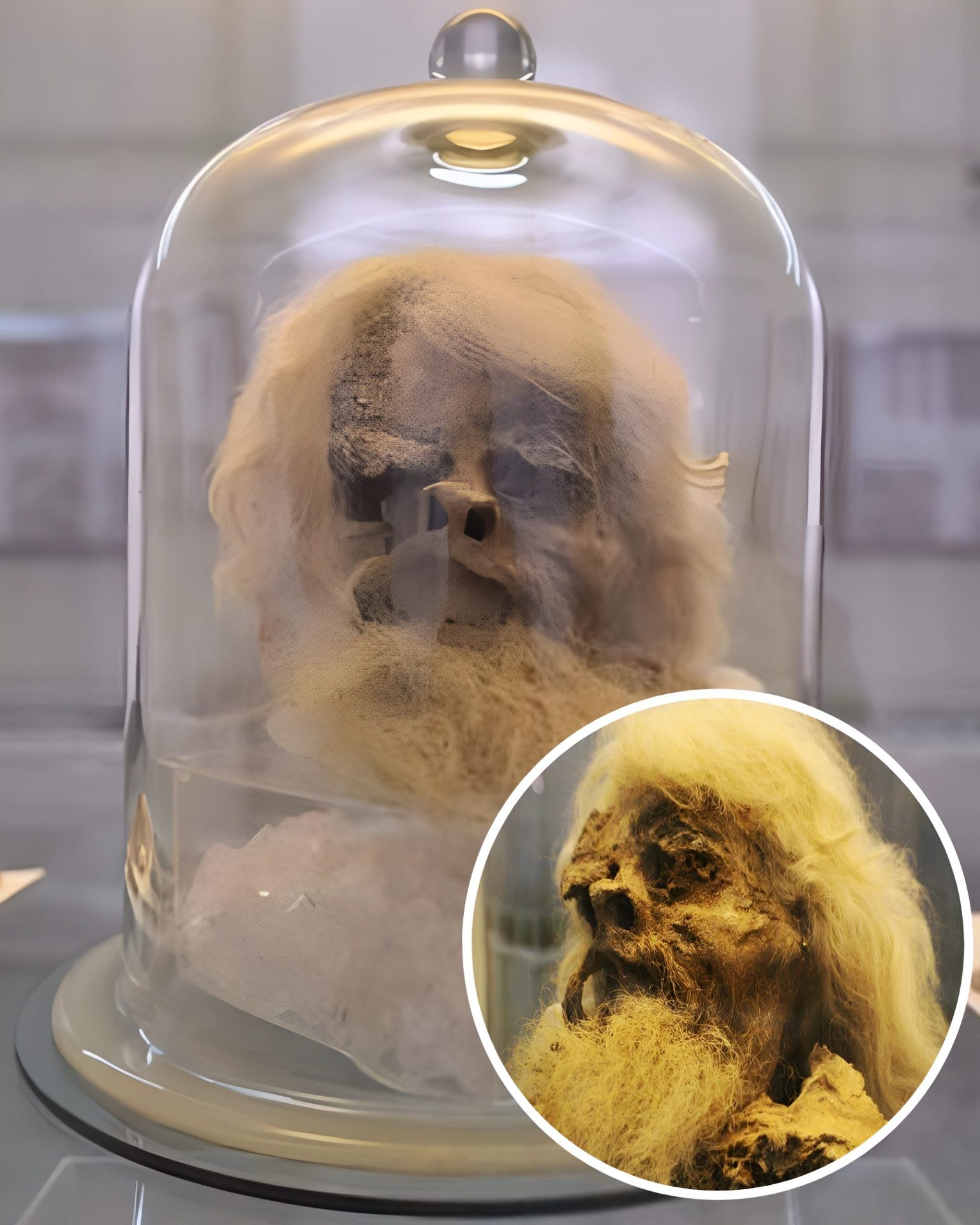Title: The Oseberg Ship: A Timeless Marvel of Viking Seafaring
Introduction:The Oseberg ship, a remarkable 9th-century Viking vessel, stands as an enduring testament to the seafaring prowess and cultural legacy of the Norse people. Discovered in 1880 within the confines of a burial mound in Norway, this extraordinary find has captured the fascination of historians, archaeologists, and admirers from around the globe. With its near-perfect preservation and intricate details, the Oseberg ship offers a captivating window into the rich tapestry of Viking history and their mastery of maritime exploration.
Unearthing a Time Capsule:The year 1880 marked a monumental milestone in the field of archaeology when the Oseberg ship was unearthed in Tønsberg, Norway. As the burial mound was excavated, a breathtaking sight emerged—a Viking ship of unparalleled beauty and historical significance. What made this discovery truly extraordinary was the near-immaculate preservation of the vessel, which had remained remarkably intact for over a millennium.

A Glimpse into Viking Culture:The Oseberg ship provides invaluable insights into the Viking Age, shedding light on the seafaring traditions, craftsmanship, and burial customs of this ancient civilization. Measuring an impressive 21.58 meters in length and adorned with intricate carvings and ornate decorations, it showcases the unrivaled skill and artistry of Viking shipbuilders.
Meticulous Design and Construction:The construction of the Oseberg ship exemplifies the meticulous craftsmanship of its Viking creators. The ship’s intricate carvings depict a rich tapestry of Norse mythology, historical events, and cultural symbols, offering a visual narrative of the Viking worldview. The vessel’s design, featuring a dragon-head prow and a magnificently detailed stern, reflects the Vikings’ reverence for both their seafaring expeditions and their beliefs in the supernatural.
The Burial Mound Mystery:The Oseberg ship’s resting place within a burial mound raises intriguing questions about its purpose and significance. Alongside the ship, a burial chamber was discovered, containing the remains of two women. Their identities and roles in Viking society remain subject to speculation, fueling ongoing research and debate among experts. The grave goods found within the chamber, including textiles, household items, and even an intricately carved sleigh, provide further glimpses into the culture and social status of those interred.
Preservation Efforts and Historical Significance:After its excavation, the Oseberg ship underwent extensive preservation efforts to safeguard its delicate structure and ensure its longevity. It now finds its home at the Viking Ship Museum in Oslo, Norway, where it continues to captivate visitors and scholars alike. The ship’s significance extends far beyond its aesthetic appeal, as it offers a tangible connection to the Viking world, shedding light on their seafaring expeditions, trade routes, and cultural practices.
Conclusion:The Oseberg ship stands as an enduring testament to the ingenuity and seafaring prowess of the Vikings. Its discovery in 1880 and subsequent preservation have allowed us to delve into the depths of Viking history and gain a profound appreciation for their craftsmanship, beliefs, and societal customs. As we marvel at this timeless marvel, the Oseberg ship invites us to embark on a journey across the seas of time, unraveling the mysteries of a bygone era and honoring the indelible legacy of the Vikings.





